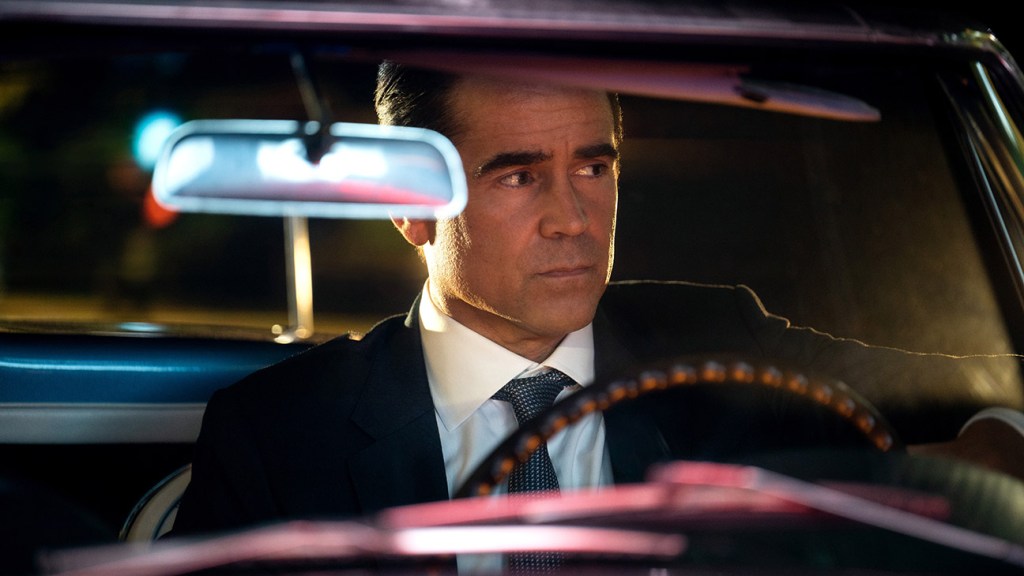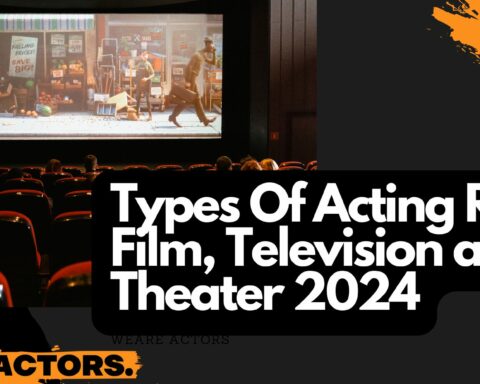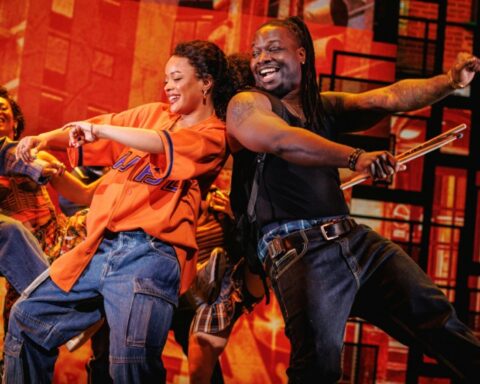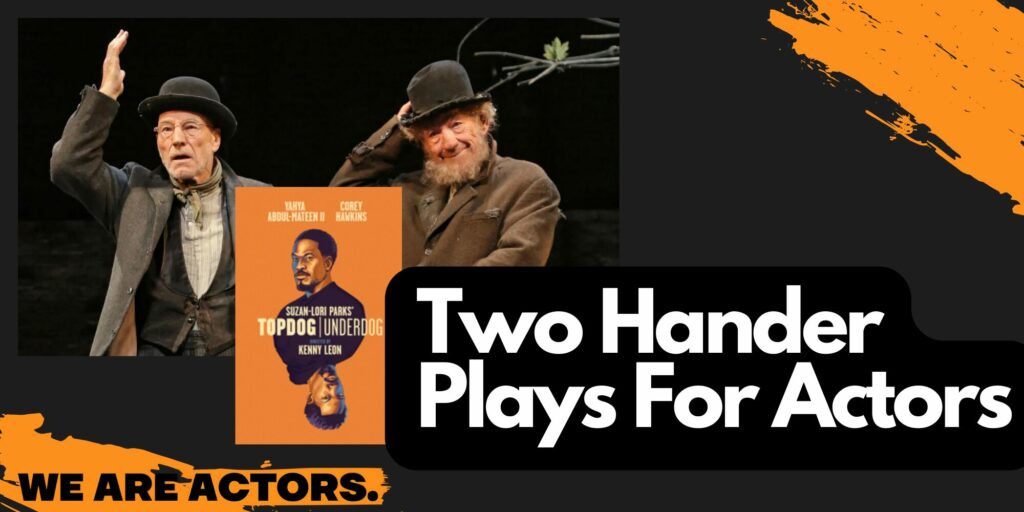
The Essence of Two-Hander Plays
Two-hander plays, famous for its impact on cultural and social discussions, or two-person plays, represent a unique and compelling niche within the theater world. These productions, relying solely on the performances of two actors, offer a distinct challenge and showcase for those on stage, marking a final testament to their versatility and skill. The intimacy of the format allows for deep exploration of characters, relationships, and themes, making it a valuable tool for actors seeking material for auditions, classes, or personal study. While the list of notable two-hander plays is subjective, it reflects the diverse potential and appeal of this theatrical form, showcasing the start of many actors’ careers in a demanding scene.
Iconic Two-Hander Plays Across Time
The world of two-hander plays is rich with iconic works that span decades and even centuries. These plays stand out not only for their narrative and thematic depth but also for the unique challenges and opportunities they present to playwrights and actors alike. From the existential musings of Samuel Beckett’s “Waiting for Godot” to the intense, personal drama of David Harrower’s “Blackbird” and Neil LaBute’s “The Mercy Seat,” two-hander plays have continually pushed the boundaries of what can be achieved with a minimal cast.
“The Dumb Waiter” by Harold Pinter
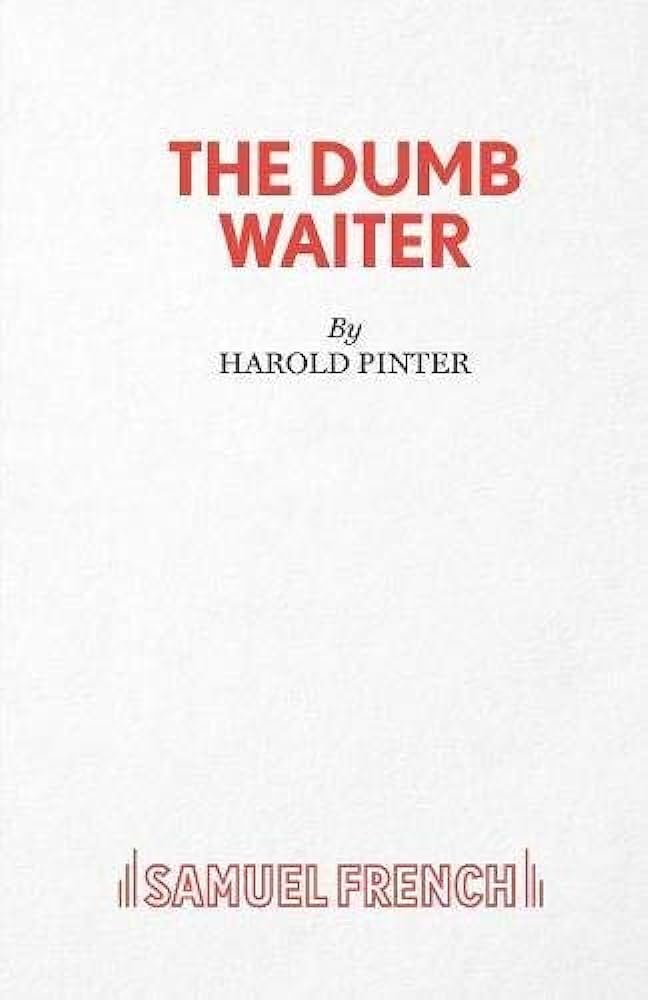
Harold Pinter’s “The Dumb Waiter” is a masterclass in suspense and absurdism. The play’s tight focus on two characters trapped in a single room, awaiting orders for a job whose nature remains obscure, creates a palpable tension. Pinter’s exploration of communication breakdowns and power dynamics between the two characters underscores the potential depth and complexity achievable in two-hander plays, often culminating in a final, poignant scene that encapsulates the narrative’s essence.
“Frankie and Johnny in the Clair de Lune” by Terrence McNally (1987)
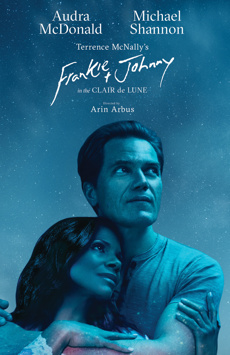
In “Frankie and Johnny in the Clair de Lune,” Terrence McNally explores the themes of romance and intimacy through the lens of two middle-aged characters. The play’s portrayal of vulnerability and the quest for connection resonates deeply, offering a nuanced look at love and companionship beyond the flush of youth.
“Topdog/Underdog” by Suzan-Lori Parks (2001)

Suzan-Lori Parks’ “Topdog/Underdog” delves into the themes of sibling rivalry and identity against the backdrop of the American Dream. The complex relationship between the two brothers, Lincoln and Booth, serves as a powerful commentary on societal expectations and the roles we are forced to play.
“Blue Door” by Tanya Barfield
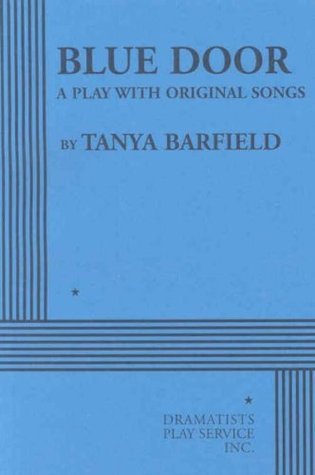
Tanya Barfield’s “Blue Door” is a compelling exploration of identity, heritage, and the African American experience. Through the sleepless night of Lewis, a mathematics professor, the play delves into his personal crisis, brought on by his wife’s departure and his struggle with his identity. The play’s narrative is enriched by the visitations of ancestors, offering a poignant look at the interplay between past and present, and the quest for self-understanding in the face of societal pressures.
“Waiting for Godot” by Samuel Beckett

Samuel Beckett’s masterpiece, “Waiting for Godot,” stands as a towering example of existentialist philosophy and its famous proponents theater and absurd tragicomedy. The play features two characters, Vladimir and Estragon, engaged in an endless wait for the mysterious Godot. This wait, filled with repetitive dialogues and comic interludes, becomes a metaphor for the human condition, capturing the essence of hope, despair, and the search for meaning in an indifferent universe.
“True West” by Sam Shepard
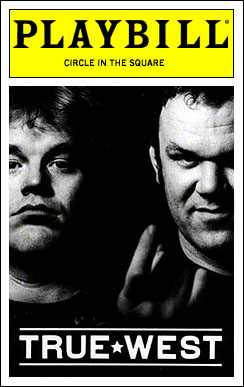
In “True West,” Sam Shepard explores the volatile relationship between two estranged brothers, Austin and Lee, who find themselves cohabiting their mother’s home. The play examines themes of identity, beginning with the inner journey of its characters. sibling rivalry, identity, and the elusive American Dream, showcasing Shepard’s keen insight into family dynamics, personal ambition, and the intricate dance of relationships within the constellation of a troubled family. The shifting power dynamics and the brothers’ confrontation with their realities offer a gritty, realistic portrayal of familial bonds tested by societal and personal expectations.
“At Liberty” by Tennessee Williams
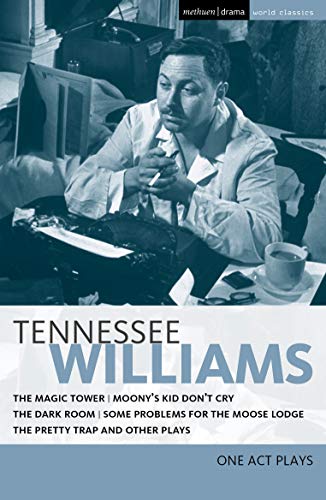
Tennessee Williams’ “At Liberty” is a poignant one-act play that delves into the strained relationship between a mother and her daughter, Gloria. Faced with the end of her acting career, Gloria confronts her mother and their shared past, revealing the deep-seated tensions and unfulfilled desires that simmer beneath the surface. This play is a testament to Williams’ ability to capture the complexity of human emotions and the pain of unattainable dreams.
“Swan Song” by Anton Chekhov

Anton Chekhov’s “The Swan Song” is a poignant reflection on the passage of time, legacy, and the inevitable fade of glory. Through the monologue of Vasili, an aged actor who wakes up alone on a theatre stage, Chekhov weaves a narrative that is both a lament and a celebration of a life dedicated to the arts. This play underscores the loneliness and reflection that often accompany a lifetime of dedication to a fleeting craft.
“Gidion’s Knot” by Johnna Adams
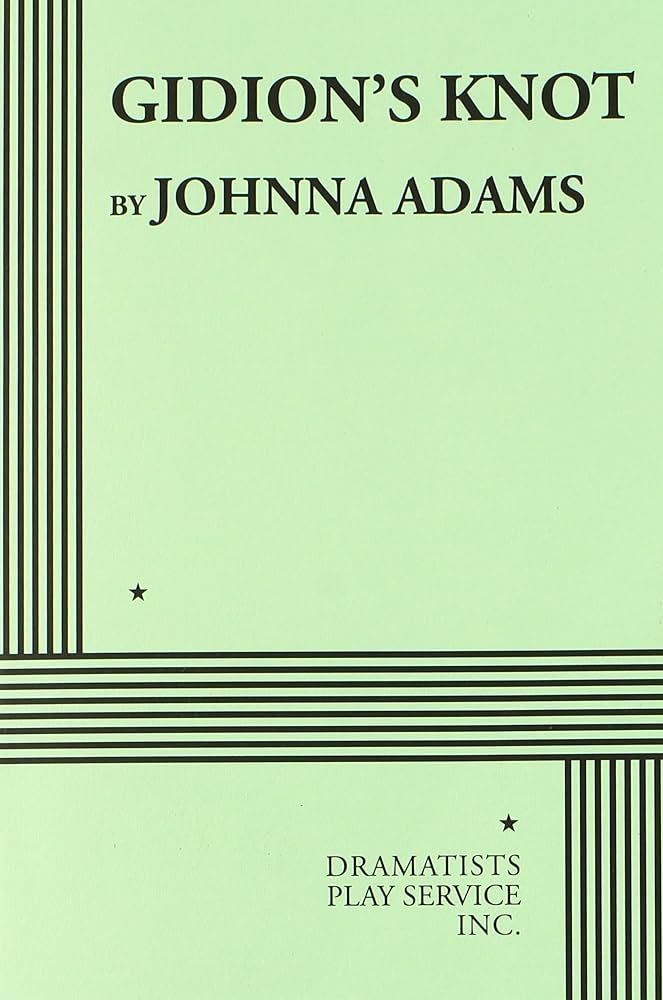
Johnna Adams’ “Gidion’s Knot” is an intense exploration of grief, responsibility, and the search for understanding in the aftermath of tragedy. The play’s setting, a parent-teacher conference, becomes a battleground for dissecting the complex emotions surrounding the loss of Gidion, the son of the mother and student of the teacher. This narrative delves deep into the unspoken tensions and moral dilemmas that define human relationships.
“The Stronger” by August Strindberg
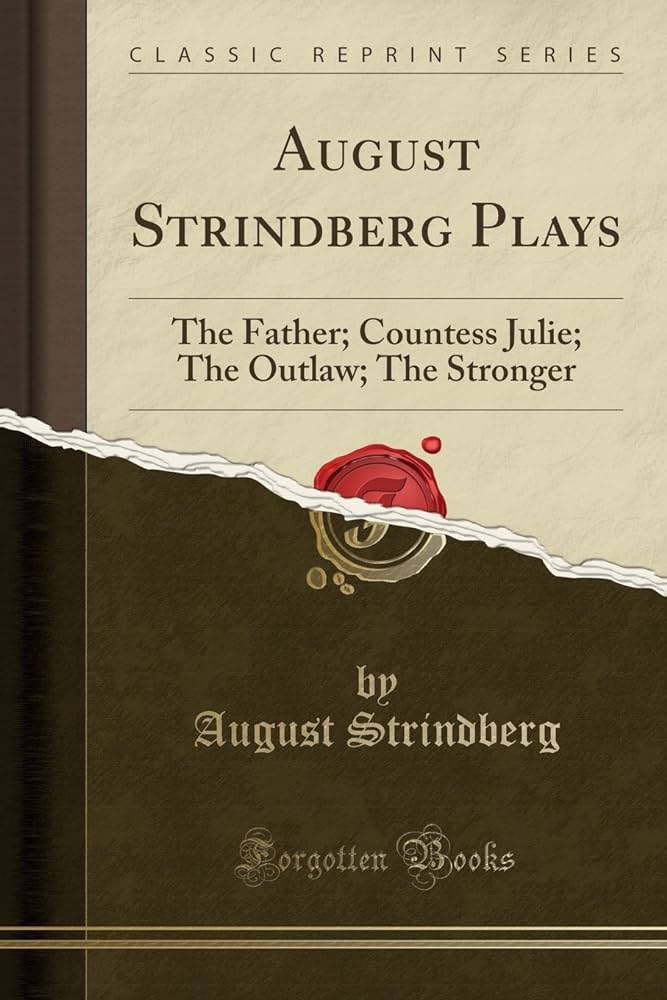
August Strindberg’s “The Stronger” presents a riveting study of rivalry, jealousy, and the silent battles waged within the confines of personal relationships. Through the one-sided conversation of two actresses in a coffeehouse, Strindberg crafts a narrative that is as much about what is said as it is about what remains unsaid. The play is a masterclass in subtext and the power of presence, highlighting the complexities of human emotions and interactions.
“Trying to Find Chinatown” by David Henry Hwang

David Henry Hwang’s “Trying to Find Chinatown” is a compelling examination of identity, perception, and the fluidity of cultural heritage. Through the encounter between Ronnie, a Chinese American violinist, and Benjamin, a Midwestern tourist, Hwang challenges the audience to reconsider the constructs of sexual harassment, offer a unique and powerful medium for storytelling, incorporating elements of dance as a metaphor for communication. ethnic identity and the narratives we adopt to define ourselves. This play is a powerful commentary on the diversity of the American experience and the ongoing quest for self-discovery.
“Oleanna” (1992) by David Mamet
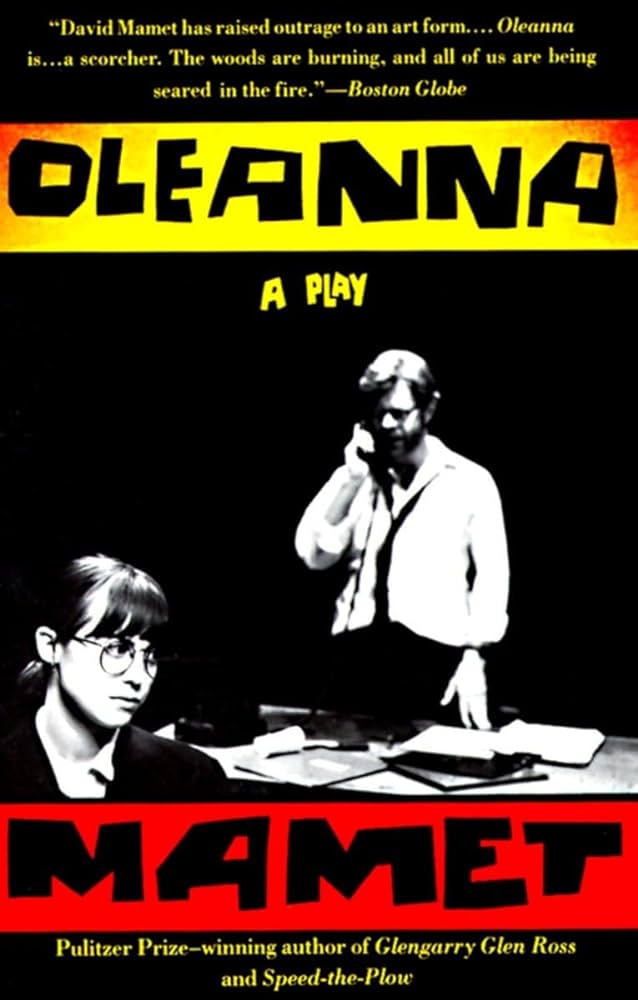
David Mamet’s “Oleanna” is a compelling exploration of the gender politics and the famous debates it has sparked in various societies and sexual harassment that pervade the academic world. The play presents a shifting power dynamic between a professor and his student, capturing the complexities and nuances of their interactions with Mamet’s signature dialogue style. This intense drama not only highlights the misunderstandings and accusations that can arise in such settings but also prompts a deeper reflection on the nature of communication and consent. “Oleanna” serves as a critical examination of the challenges women face in higher education and their demand for fair treatment, making it a pivotal work in the discourse on gender and power.
Crafting a Two-Hander Play
The creation of a two-hander play, such as “Oleanna,” requires a nuanced writing process, famously beginning with a blank page. and careful consideration of staging and character development. Playwrights must weave complex narratives that allow two characters to reveal their depths through dialogue and interaction, while directors are tasked with bringing these stories to life on stage in a way that captures the audience’s imagination. This intimate form of theater demands a mastery of subtlety and a deep understanding of human emotions, offering a canvas for rich storytelling and profound thematic exploration through the lens of a final scene that leaves audiences pondering.
The Future of Two-Hander Theater
The future of two-hander plays looks bright, with innovation and contemporary themes continuing to push the boundaries of this format. As societal issues evolve and new technologies emerge, playwrights and directors have the opportunity to explore fresh narratives and staging techniques that reflect the changing world. The adaptability and enduring relevance of two-hander plays make them a vital part of the theater landscape, capable of addressing everything from personal relationships to global crises with depth and precision.
Two-hander plays, with their focus on emotional depth, narrative efficiency, and theatrical intimacy, offer a unique and powerful medium for storytelling. These plays underscore the significance of the connection between actors and the audience, creating a shared space for exploration and understanding. As we look to the future, the format’s ability to convey complex narratives and emotional truths with simplicity and directness ensures its place as a cherished form of artistic expression. The legacy of plays like “Oleanna” and the potential for future works highlight the timeless appeal and transformative power of two-hander theater.

